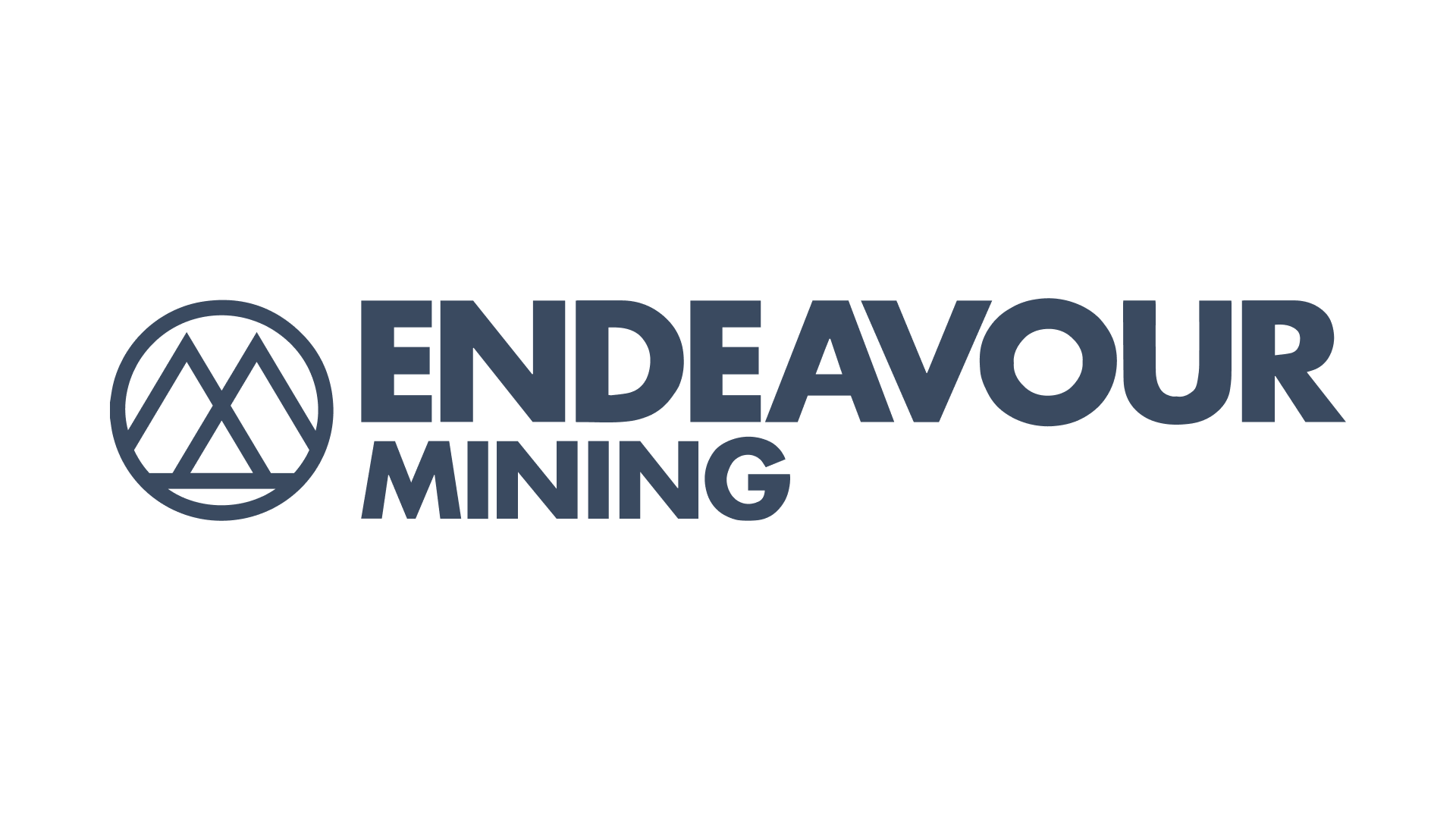The introduction of the euro
In December 1995, the EU states agree on a name for the common currency: the euro. On January 1, 1999, the euro is introduced. Gold plays an important role for the new currency from the very beginning. But under the first ECB president, Wim Duisenberg, the euro is not pegged to gold as the USdollarwas under the Bretton Woods system.
Instead, gold is treated anew on the Eurosystem’s balance sheet as an independent asset, separate from the currency. Gold is listed on the first line on the ECB’s balance sheet. Four times a year, the value of the reserves is adjusted to the market value. This turns the monetary world upside down.
- A rising gold price is good for the euro because it strengthens the balance sheet. At the same time, it is a signal to EU citizens, who have free access to physical gold, that if the central bank’s management doesn’t suit them, they can save in hard, neutral “money”: gold.
- This system of market valuation of gold has now also been adopted by the central banks of Russia and China, but not by the US.
- To safeguard this system, the purchase and sale of “investment gold” is exempted from VAT throughout the EU inOctober 1998.
- On September 26, 1999, a group of European central banks sign the first Central Bank Gold Agreement (CBGA). The aim: to reassure the market that they will curb their gold sales in the future. The gold price finds its bottom in the coming years and eventually starts to rise.
- Because the UK is still selling about 400 tons of gold at rock-bottom prices after the CBGA is signed under then-Chancellor of the Exchequer Gordon Brown, the period between 1999 and 2002 is today nicknamed the “Brown Bottom”.
The fact that the euroisalso intended as an energy and reserve currency from the very beginning isnever concealed by EU politicians. Even before the introduction of euro cash on January 1, 2002, the new currency iscausing a stir. In November 2000, Iraq’s President Saddam Hussein decides to switch from usingUSdollars to euros in the oil trade. The US protests loudly and warns Hussein against this step.
- In February 2003, it is clear: Iraq has made an economically good decision by switching to the euro; the warnings from the US were all wrong. The euro exchange rate has risen significantly over the past three years, and interest rates are also higher than on USdollar accounts.
- In March 2003, the US attacks Iraq. Saddam Hussein is overthrown, and the oil trade is switched back to USdollars. Germany and France are among the biggest opponents of the invasion and refuse to support the US.








